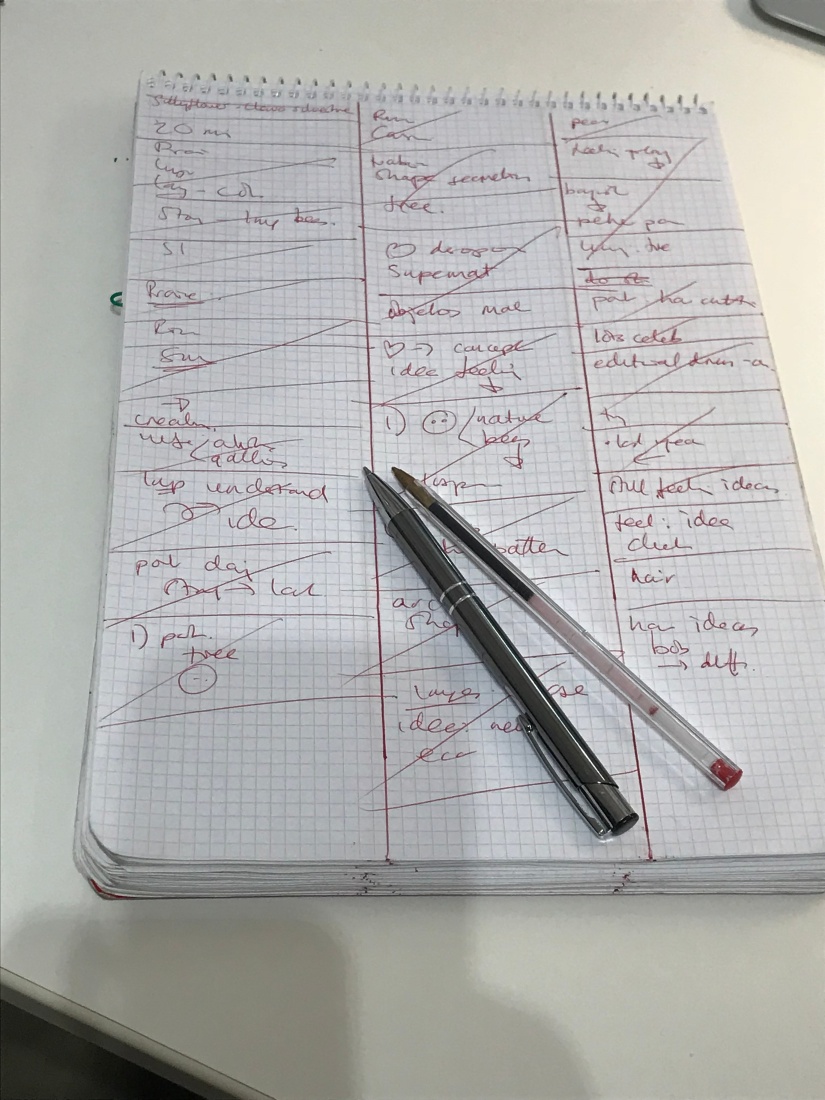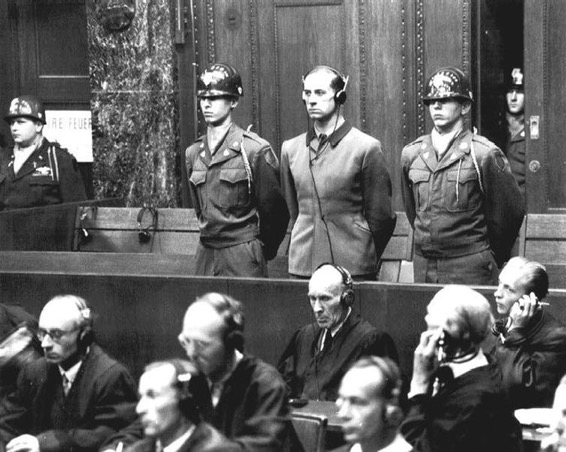
Translation has been around for several millennia and it’s not going away anytime soon. It continues to evolve, promote understanding and improve communication among nations, individuals, groups and communities.
When nations opened to the global community, translation became more important, with the client base getting global and the services required by the smallest business concern to huge multinational conglomerates.
But as the countries and populations of the world are more exposed to each other, technology makes doing things better and faster. Document translation becomes more sophisticated, and intercultural communication becomes more complex. According to Edward Hall, an anthropologist, intercultural communication is a form of communication where social groups and different cultures share information. In this communication realm, it has two forms – low-context and high-context cultures. This means the manner in which cultures place a value on direct and indirect communication.
Differentiating the two forms
1. High-context culture
Latin American, Central European, Arab, African and Asian cultures are high-context cultures. In this type of culture, more background information is needed before they can understand the message. Relations are slow to establish and trust should be earned first. Social authority and structure are centralized so the identity of the individual is centered in a group, which is also where productivity relies on.
In a high-context culture, nonverbal communication elements are vital, including eye movements, facial expressions, gestures and tone of voice. Communicating with them means engaging the person and the verbal messages are indirectly given. They are sensitive and take disagreements personally. Members of a high-content culture share personal space. In this culture, negotiations cannot be hurried, as they believe that everything has its own time and place. They require a variety of information from different sources before they make a decision.
2. Low-context culture
Cultures that originated from Western Europe like Australia, the United States, United Kingdom, Germany, France, Italy and Scandinavian countries belong to the low-context cultures. They depend more on clear and precise communication where the information is defined and spelled out. They have a tendency to form and end relationships faster. Procedures and aiming for the end-goal determine productivity, and the identity of individuals is focused on themselves and their achievements. The exchange of information is often verbal and they look for rational solutions to disagreements. They follow a schedule to accomplish tasks and place importance on the individual’s privacy.
An example is Japan, a high-context culture where people favor face-to-face meetings instead of exchanging information through electronic means. High-context cultures prefer informal agreements and personal bonds instead of carefully worded documents whereas those from low-context culture prefer to see written agreements and precise verbal agreements. This cultural difference in communication should be learned, so that they can effectively communicate and seal agreements, which is essential to business.
How does the future look like for translation?
When a business has a global client base, its size does not matter. It will still need to communicate with partners and customers in their own language. This makes cross-context communication difficult and at times, costly. The risk of translation errors is always present. Moreover, if care is not taken, misinterpretation can still occur even if the translation of documents is correct and accurate.
For business owners, the cost of a mistake in translation is not just financial. A slight miscommunication can cause industrial disaster, physical harm, legal exposure or loss of reputation. Right now, it is a priority to have accurate, effective and clear communication between languages, cultures, industries and discipline.
Because of the higher need for accurate communication and sharing of information among different cultures, localization will be fully integrated into a company’s business strategies.
By now, it is safe to assume that you know what localization is. You can know more about it here, in this article and in this one.
- Localization is a translation process where services and products are adapted for use in particular regions and countries. It is an expensive and complex process that should be part of the global business plan. Localization involves translation of audio and text materials, software and other documents to show local conventions, including adherence and compliance to local policies, laws and regulations.
- With the increasing demand for translation and localization, it is foreseen that the demand for more non-English languages will increase. Foreign markets will be easily reached by products and services from countries where English is not spoken.
- It is also predicted that more improvements on artificial intelligence (AI)will help translation. There will be more translation platforms that are cloud-based.
- Clients will be more exposed to the translation process and they will put more value to translation and localization.
Changes in translation in the next five years and beyond
For one thing, it is predicted that by 2020, enterprises will be spending about US$45 billion on translation services. The industry revenues will be driven by the increase in text generation from worldwide sources and continuing global growth of businesses. Advancements in new technology will also be a factor to consider.
AI will be used more in some of the translation processes. Today, there are already automated translation platforms that are AI-enabled, such as Microsoft Translator, Google Translate and Amazon Translate.
While these platforms have breakthrough improvements in accuracy, they still source their translation knowledge from language data from e-commerce sites, social networks and search engines. They can be good enough for simple translations that do not require a high degree of accuracy; however, they are still not capable of contextual translation. It is difficult to program the inherent nuances of each language.
But since they are free, some users are happy with the translation, although the translation is not up to global standards. Machine translation cannot develop a user interface in another language, translate a product manual or a tax document.
However, AI can be seen as aiding a human in the translation process, as it can be allowed to do an initial translation which can be fine-tuned by a human translator. The procedure can effectively lower the cost of translation.
But, it is too early to speculate that machines, even the AI-enabled ones will be eliminating translators in the near future. Although it is good to recognize the achievements and progress of machine translation, the system is not ready to replace human translators for the following reasons:
- Globalization requires handling of more dialects and languages.
- Translation services will be needed more in specialty vertical markets, such as automotive part manufacturing, healthcare and law.
- More types of specialty horizontal documents are needed, like those that are used for systems, requirements and decisions.
- Specialized translation of a product’s functional aspects such as documentation and menus is increasingly in demand.
Machine translation and automation still have too much to learn. Translation of business cases is very specific in discipline and context, so it will be challenging to use them as translation models. Another thing is that machines need to address is ambiguity because words can have different meanings in its original form as well as in other languages. For example, in English, you can say that if a baby does not like fresh milk, you boil it. As an English speaker, you understand that you are to boil the milk. In other languages, it will take a lengthy description to establish that it is the fresh milk that should be boiled and not the baby.
Shift in the language mix
English remains the main Internet language although it represents only about a third of the Internet users worldwide. Many language opportunities are present today and enterprises will have to translate their content into an increasing amount of niche languages in order to reach smaller yet fast-growing markets.
It is estimated that 14 languages are enough to reach around 75% of Internet users worldwide, but to reach the rest of the Internet population, enterprises have to add another 40 languages. By 2027, it is projected that in order to reach 96% of people using the Internet, businesses will need their content translated in over 60 languages.
Therefore, all this means that while the translation industry has to accept the innovations and developments in CAT tools and machine translation, including AI, it needs to get ready to handle the less common languages that will gain prominence soon. While English will remain a language of business, an enterprise should not use English as a default language. This means more business value for translation companies and a higher degree of effective communication is needed as new trade patterns are created and established, such as China’s new Silk Road.
It will be more advantageous for the translation companies as the clients become more informed about the translation process. Likewise, they are predicted to become resource creators, because they understand that providing translators with high-quality reference materials such as glossaries, terminology databases and style guides will produce high-quality translations. Clients will also be demanding more services from translation companies, including copywriting, web design, SEO, localization and desktop publishing (DTP) services.
Human translators are still the best
It’s undeniable that there will be more CAT tools to help facilitate and systematize the work of translators but human translators can never be replaced by machines. Machines cannot understand the contextual meaning of words and passages.
Texto extraído de Day Translations
Link: https://www.daytranslations.com/blog/2018/12/what-will-happen-with-translation-in-the-next-5-years-13134/?utm_source=Day+Translations+Master+List&utm_campaign=2304809b2a-EMAIL_CAMPAIGN_2019_01_02_07_34&utm_medium=email&utm_term=0_da4febeca1-2304809b2a-71002451












 En el centro de la imagen, con auriculares, Karl Brandt, criminal de guerra nazi y médico personal de Hitler, durante los juicios de Núremberg (20 de agosto de 1947).
En el centro de la imagen, con auriculares, Karl Brandt, criminal de guerra nazi y médico personal de Hitler, durante los juicios de Núremberg (20 de agosto de 1947). 